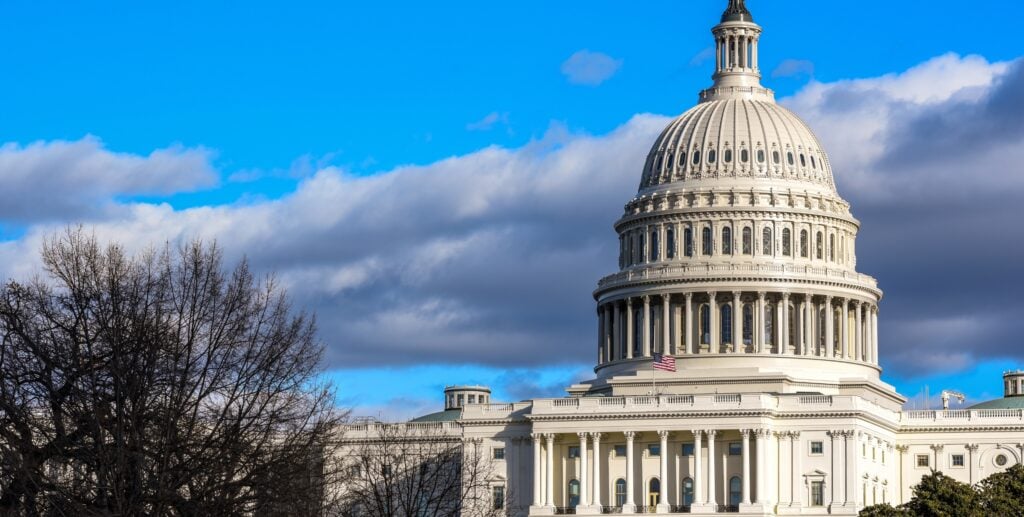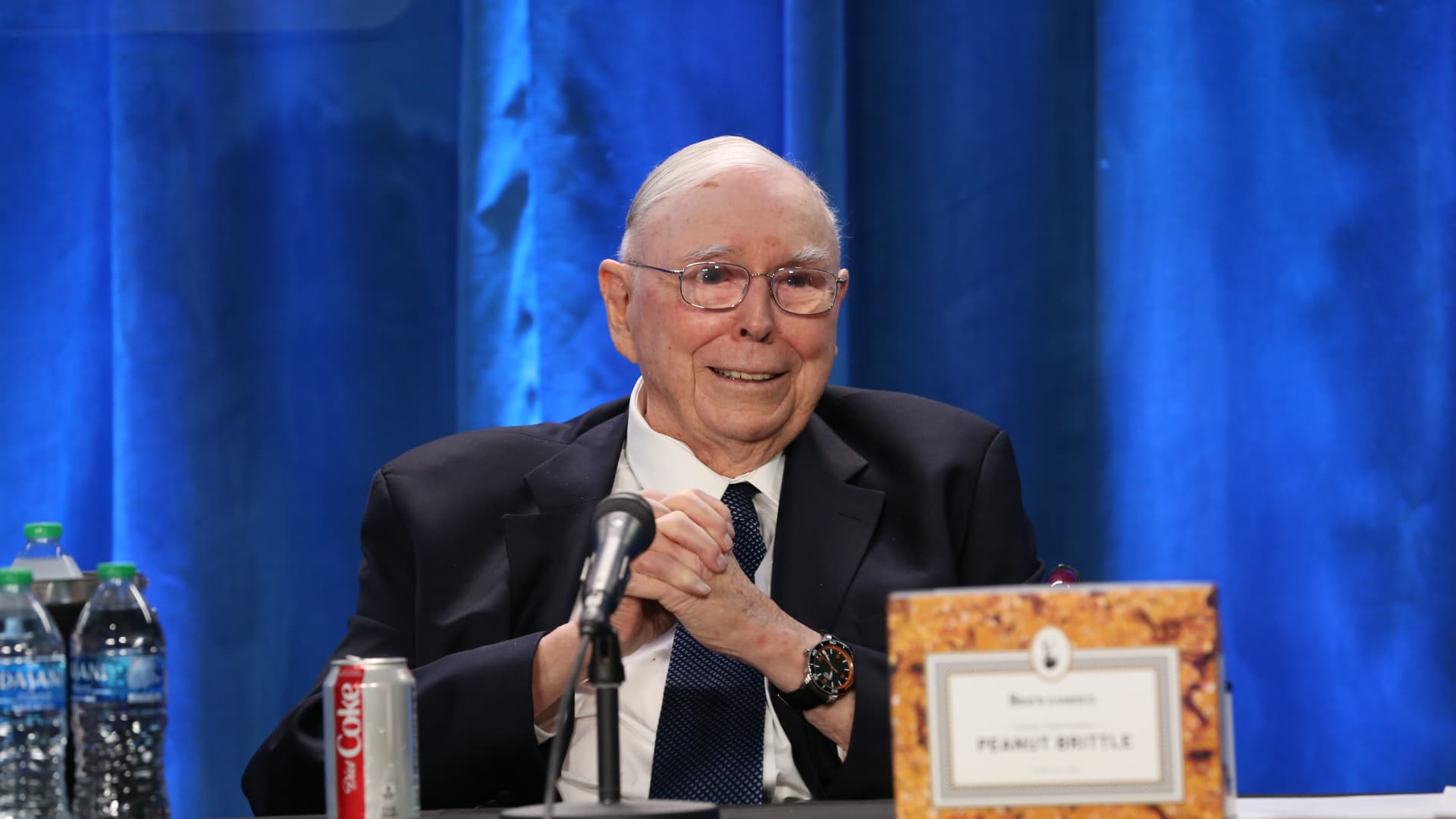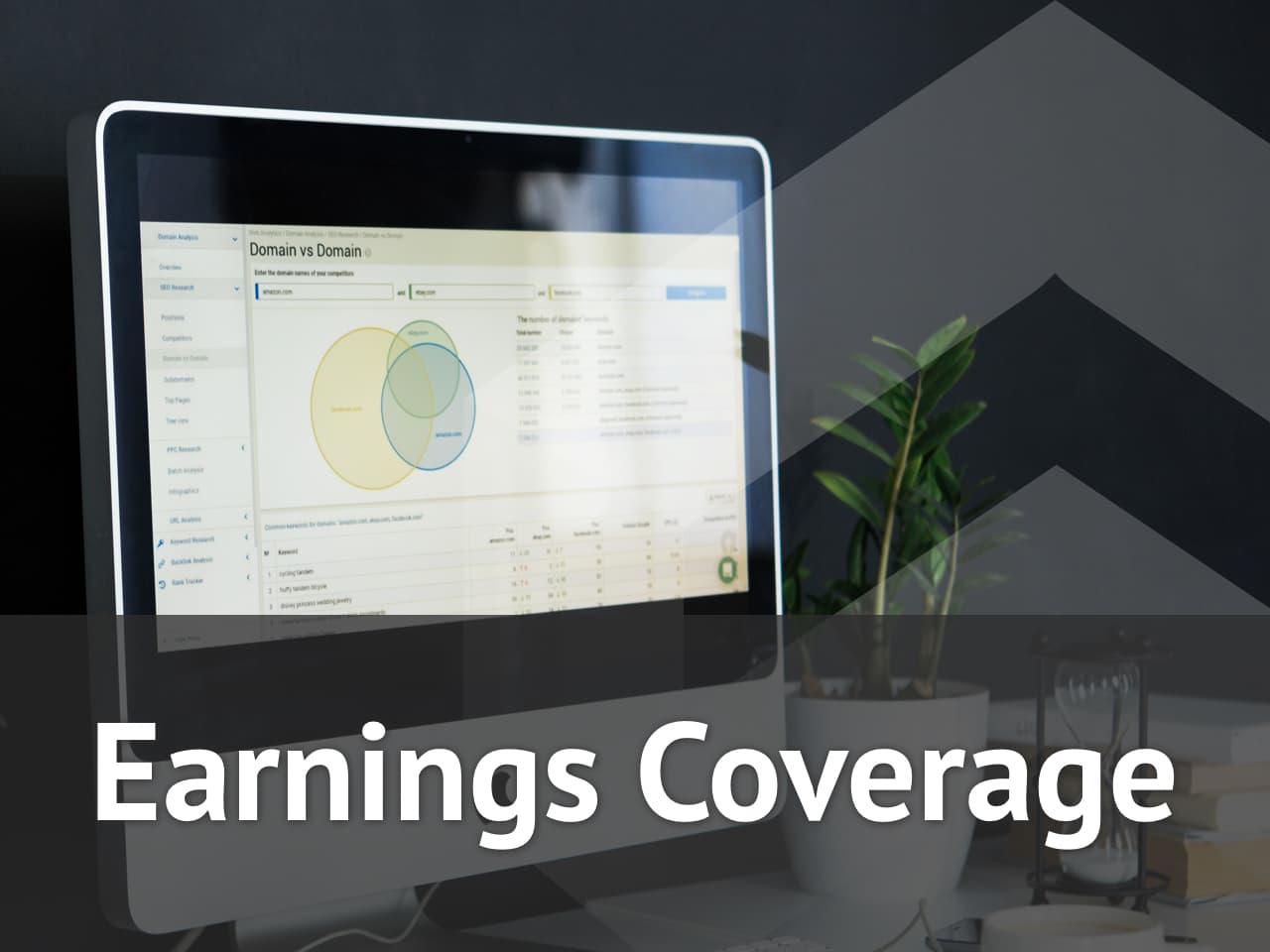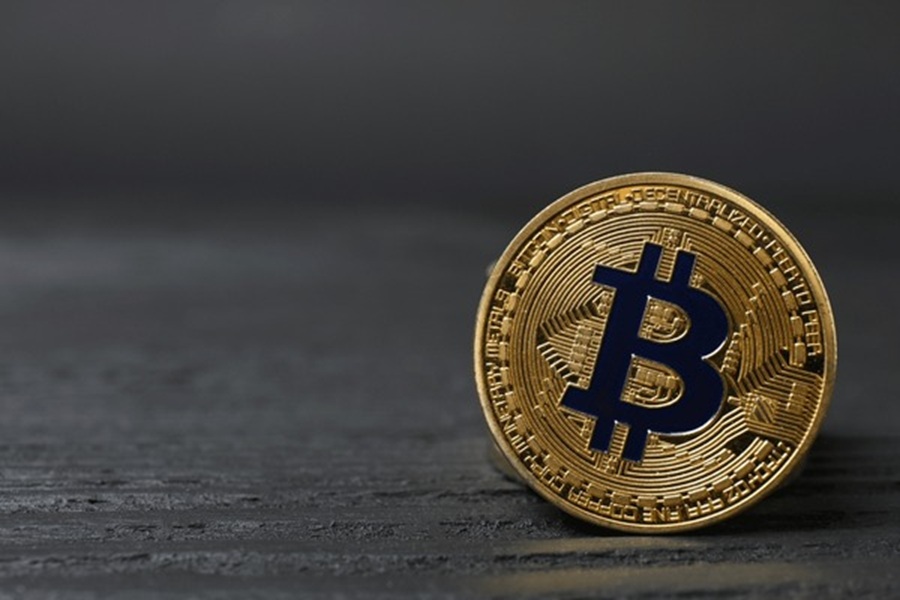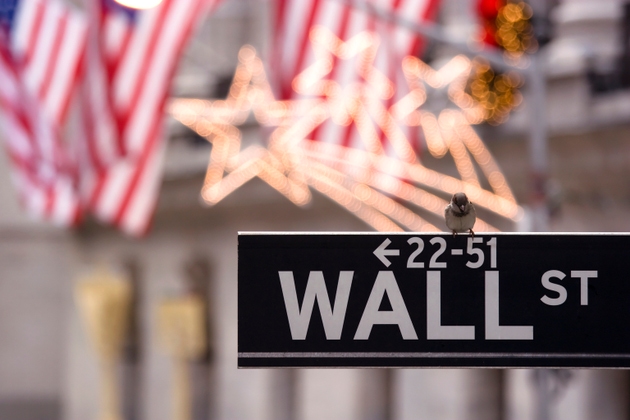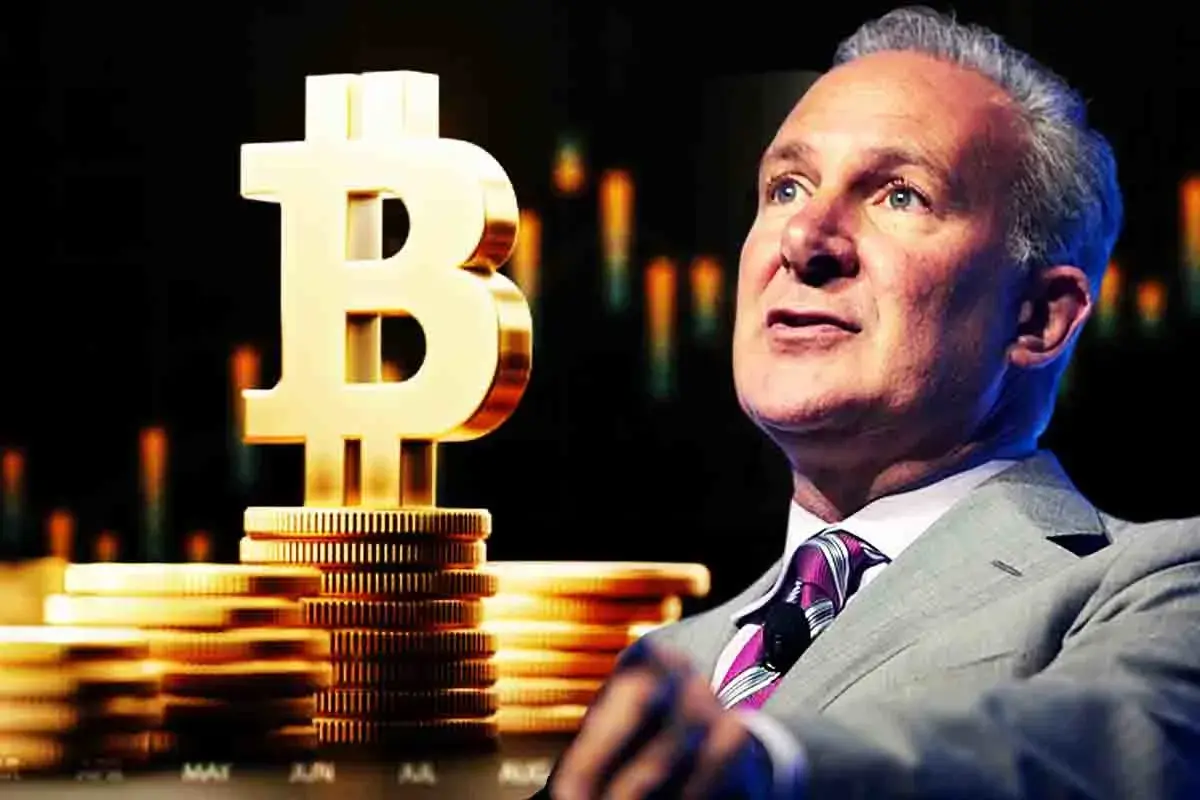In This Article
Government shutdowns, the dollar falling 11% in the first half of 2025, its fastest decline in 50 years, record numbers of lawsuits against the executive branch, and fears and fights over tariffs, stagflation, and the Federal Reserve’s independence.
It all speaks to political instability, which creates economic instability.
It doesn’t matter whether you identify politically as red, blue, purple, green, or polka-dotted, the U.S.—and much of the rest of the world—feels politically and economically unstable.
So how do you protect your money from political risk and instability?
1. Inflation-Resilient Investments
In January 2025, the CPI inflation rate was 3%. It fell to 2.3% in April, before steadily rising again to 2.9% in August (the last month available).
Anyone who thinks elevated inflation is beaten is deluding themselves. It remains a very real risk. The Federal Reserve acknowledged it even as they cut interest rates in September, opting to prioritize the job market over inflation.
Oh, and the devaluation of the dollar that I mentioned earlier? Consider that another huge red flag for inflation.
So, which investments defend your portfolio against inflation?
In a word, real assets (I guess that’s two words, but you get the idea).
Real estate, commodities, precious metals, and infrastructure do well during periods of high inflation:
Stocks don’t do badly either, although they don’t perform as well as real assets. Real assets have intrinsic value, so people just pay the going rate, whatever that is in today’s currency pricing.
I keep around half of my net worth in stocks and half in passive real estate investments, although I’m increasingly carving out some money for precious metals.
2. Recession-Resilient Investments
You think Congress did the economy any favors by letting the government shut down? Workers sitting around twiddling their thumbs hardly creates a booming economy.
Oh, and we had a shrinking job market before the shutdown. Job openings have steadily fallen for months now, and last month saw negative job growth.
I’ve written about recession-resilient real estate investments. In the co-investing club that I invest through, we’ve vetted and gone in on many recession-resilient investments over the last year, including:
Industrial properties with years of backlogged orders
Rent-protected multifamily properties
Mobile home parks with tenant-owned homes
Self-storage facilities
In the case of multifamily properties, we’ve gone in on some properties that designate a certain percentage of their units for affordable housing. These units have a waiting list, and the properties often get a property tax abatement in exchange for the rent protection. When operators do this right, they get an immediate bump in net operating income—without having to do a single unit renovation.
You can also invest in recession-resilient stocks, such as utilities, consumer staples, and other defensive stocks.
You might also like
3. Cash-Flowing Real Estate
The better a property’s cash flow, the better it can ride out political and economic instability.
Besides, cash flow doesn’t require the market to improve for you to see returns. You can measure cash flow right now, in today’s market.
If inflation and rents go up, cash flow only gets better. If a massive recession hits and occupancy rates dip, at least the property has plenty of margin for error.
Many deals our co-investing club have vetted and invested in this year already cash flowed well from Day 1. Sure, the operator plans to renovate some of the units to add value and raise rents. But the properties don’t require it to pay high distribution—they already throw off plenty of cash.
4. Invest Internationally
Worried about political instability here in the U.S.? Diversify to include more overseas investments.
Admittedly, that’s much easier to do with stocks and REITs than it is with other real estate investments. You can buy shares in a sweeping index fund like Vanguard’s All-World ex-US Shares ETF (VEU) to get broad exposure to the rest of the world’s stocks. I own shares myself.
But active or private equity real estate investments? That’s a tougher nut to crack. In the co-investing club, we’ve looked for reputable operators who own international real estate, and haven’t yet pulled the trigger with one.
5. Get Legal Residency in Another Country
I do some financial writing for GoBankingRates, and my editor assigned me an article on the money moves that the wealthiest Americans have made in this year’s political environment. I spoke with one CFP whose answer surprised me: His wealthiest clients are securing second residency visas, but aren’t actually moving abroad. Rather, they want a hedge against political risk—an easy exit if they ever need it.
I found that fascinating, in part because I myself spent 10 years living abroad. My daughter has dual citizenship in Brazil, and my wife and I have long-term residency visas there through 2030.
The good news for everyday people? You don’t need to buy a golden visa or second passport. You can quickly and easily move abroad with a digital nomad visa, available in 73 countries. Some require you to show a certain amount of income each month; others require you to show a certain amount of money in the bank. But they’re designed to be pretty painless.
The bad news: They’re also designed for short-term stays, typically one to four years. After that, you’ll probably need to apply for long-term residency.
Fight Instability With Flexibility
I don’t know which way the winds will shift. But I want to be ready to throw up my sails to catch them, no matter which direction they blow.
I’m not the only investor with an eye on hedging geopolitical risk right now, either. Look no further than the price of gold, which exceeded $4,000 an ounce in October for the first time ever. Gold skyrocketed a dizzying 52.6% over the last year, a sure sign that investors are worried about geopolitical risk and currency devaluation.
Historian Neil Howe makes a troubling argument in The Fourth Turning Is Here that every civilization in history has experienced a predictable four-generation cycle, culminating in a major crisis. The last of those crises was the Great Depression and World War II, which puts us on schedule for the next major crisis within three to seven years.
I plan to keep my wealth intact no matter what comes down the pike, and increasingly, that means hedging against political risk.


